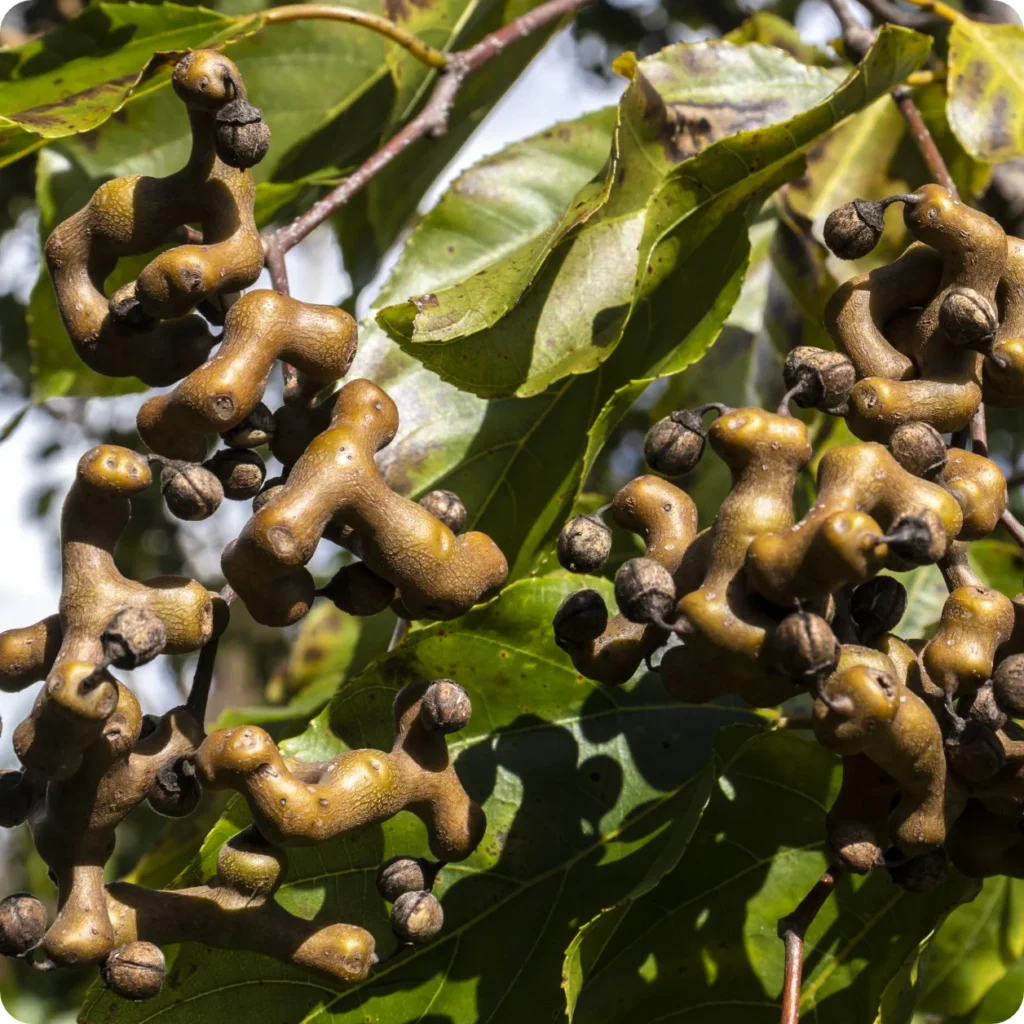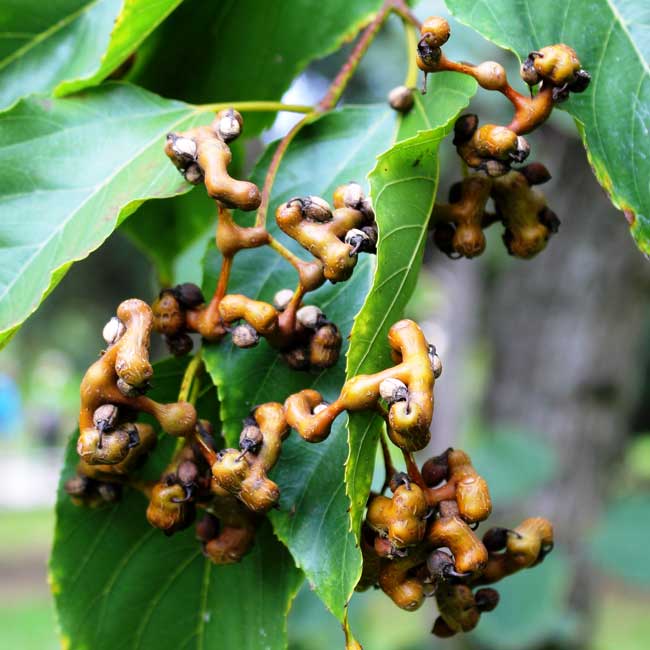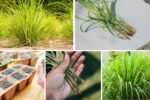When we hear the word raisin, our minds typically jump to sun-dried grapes, a staple in baked goods, cereals, and desserts around the world. But did you know there’s a fascinating, lesser-known plant known as the Raisin Tree? This unique species bears edible, sweet, raisin-like fruit that ripens on its branches — no drying required. Today, we’ll delve into what the Raisin Tree is, its global cultivation, economic value, and ultimately discover which country leads the world in Raisin Tree production. sitemap
What Is the Raisin Tree?

The Raisin Tree refers to Hovenia dulcis, a deciduous tree native to East Asia, specifically China, Korea, and Japan. Sometimes called the Japanese Raisin Tree or Oriental Raisin Tree, this medium-sized tree can reach heights of up to 10–12 meters and is known for its hardiness and ornamental value.
Unlike conventional raisins made from dried grapes, the edible part of the Raisin Tree is its sweet, fleshy flower stalk (peduncle) that swells and turns brown after the small fruit has ripened. These swollen peduncles have a natural sugary taste and are chewy and sweet — hence the name raisin tree.
Key Features:
- Scientific Name: Hovenia dulcis
- Family: Rhamnaceae
- Native Range: China, Korea, Japan
- Notable Use: Edible sweet stalks resembling raisins, medicinal uses, ornamental planting
Nutritional and Medicinal Value

Beyond its novelty as a naturally raisin-flavored treat, the Raisin Tree is highly valued in traditional Asian medicine. The fruits and peduncles are rich in:
- Dihydromyricetin (DHM) — known for liver-protective, anti-alcohol, and antioxidant effects
- Vitamins and minerals such as calcium, iron, and vitamin C
- Natural sugars like glucose and fructose
In East Asia, it’s long been used as a hangover remedy, liver tonic, and antioxidant-rich food. Modern studies have validated several of these properties, further increasing global interest in the plant.
Where Is the Raisin Tree Grown?
The Raisin Tree thrives in temperate, subtropical regions and has proven adaptable to various soil types and climates. Its primary cultivation regions are:
- China (especially Hunan, Yunnan, Sichuan provinces)
- South Korea
- Japan
- Small-scale plantings in India, USA (California and southern states), parts of Europe, and Australia for ornamental and research purposes.
While it grows well in USDA zones 6–9, it has yet to reach commercial farming status outside East Asia.
Which Country Is the Largest Producer of Raisin Trees?

Without a doubt, China is the largest producer of Raisin Trees in the world.
Why China Leads:
- Native Origin: China is home to the Raisin Tree’s natural habitat, where it’s been cultivated for centuries both for medicinal and culinary use.
- Wide Distribution: Found across multiple temperate provinces including Hunan, Yunnan, Guizhou, and Sichuan.
- Traditional Medicine Market: The Chinese herbal medicine industry places high demand on Hovenia dulcis for liver treatments, antioxidant-rich supplements, and anti-hangover formulas.
- Research & Industrial Development: China leads in scientific research on Hovenia dulcis, particularly focusing on Dihydromyricetin extraction and liver health supplements.
- Export Market: China supplies dried fruit stalks, medicinal extracts, and even seedlings to other countries interested in the tree.
Raisin Tree Cultivation: A Global Comparison
| Country | Cultivation Scale | Use | Commercialization |
|---|---|---|---|
| China | Largest by far, both wild and cultivated | Medicinal, edible, supplements | High |
| South Korea | Moderate, primarily for domestic medicinal use | Medicinal, edible | Medium |
| Japan | Limited; ornamental and medicinal gardens | Medicinal, edible, decorative | Low |
| India, USA, Europe | Experimental, botanical gardens | Ornamental, research | Minimal |
How Are Raisin Trees Grown and Harvested?

Cultivation:
- Prefers well-drained, loamy soils
- Requires full sun to partial shade
- Grows in temperate to subtropical climates
- Tolerates moderate drought and poor soils
- Propagated by seed or cuttings
- Fruits typically appear 5–7 years after planting
Harvesting:
- Flower stalks ripen in late summer to fall
- Once the small fruit turns brown and dry, the peduncles become thick, fleshy, and sweet
- Harvested by hand, dried, and consumed or processed into medicinal products
Modern Uses and Economic Potential
Today, beyond its traditional uses, the Raisin Tree is drawing global interest for several reasons:
Medicinal Supplements
The high content of Dihydromyricetin (DHM) has sparked demand for liver health and hangover remedies. DHM supplements are now popular in the U.S., Europe, and Australia — mostly sourced from Chinese growers.
Health Foods & Beverages
The sweet, raisin-like stalks are dried and consumed as snacks or used in teas, herbal infusions, and healthy sweeteners.
Ornamental Landscaping
Due to its elegant appearance and tolerance for poor soils, the Raisin Tree is used in parks, gardens, and along roadsides in temperate regions globally.
Future Prospects: Can Other Countries Compete?

While China currently dominates production and export, there’s growing interest in cultivating Raisin Trees elsewhere:
- South Korea continues to value the tree in herbal medicine.
- India and southern U.S. states are exploring it for agroforestry and ornamental purposes.
- Japan still values it culturally but in limited scope.
With increasing awareness of DHM’s health benefits and rising global demand for natural supplements, it’s possible other countries could expand commercial plantations — though climatic and ecological suitability limits where it can thrive.
Conclusion: China’s Undisputed Lead
In conclusion, the largest producer of Raisin Trees in the world is unquestionably China. Its long-standing cultural connection, medicinal applications, expansive native range, and booming herbal supplement market secure its dominant position.
While small-scale plantings exist in Korea, Japan, India, and the U.S., none rival China’s industrial-scale harvesting, processing, and export capabilities.
As interest in natural health products and hangover remedies continues to rise globally, China’s role as the premier source of Hovenia dulcis and its valuable compounds is likely to expand even further.
Summary
- Raisin Tree (Hovenia dulcis) is native to East Asia.
- Edible flower stalks taste like natural raisins.
- Dihydromyricetin (DHM) makes it valuable for liver health and hangover relief.
- China is the world’s largest producer, driven by medicinal use and herbal supplement markets.
- Growing interest exists in other regions, but China leads by far.





